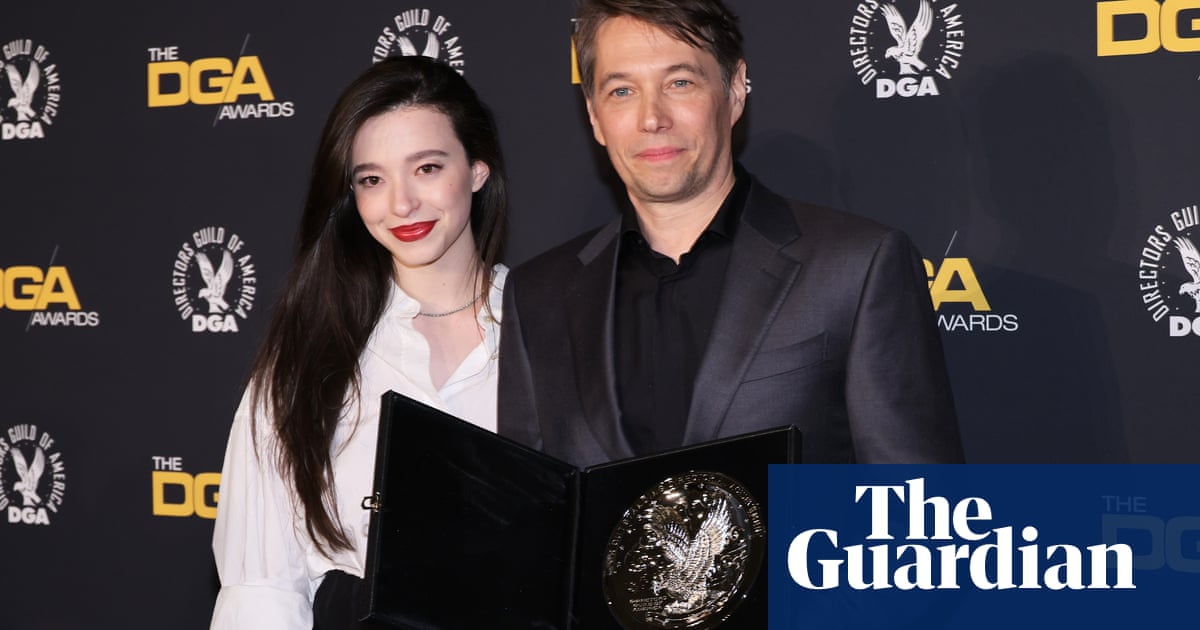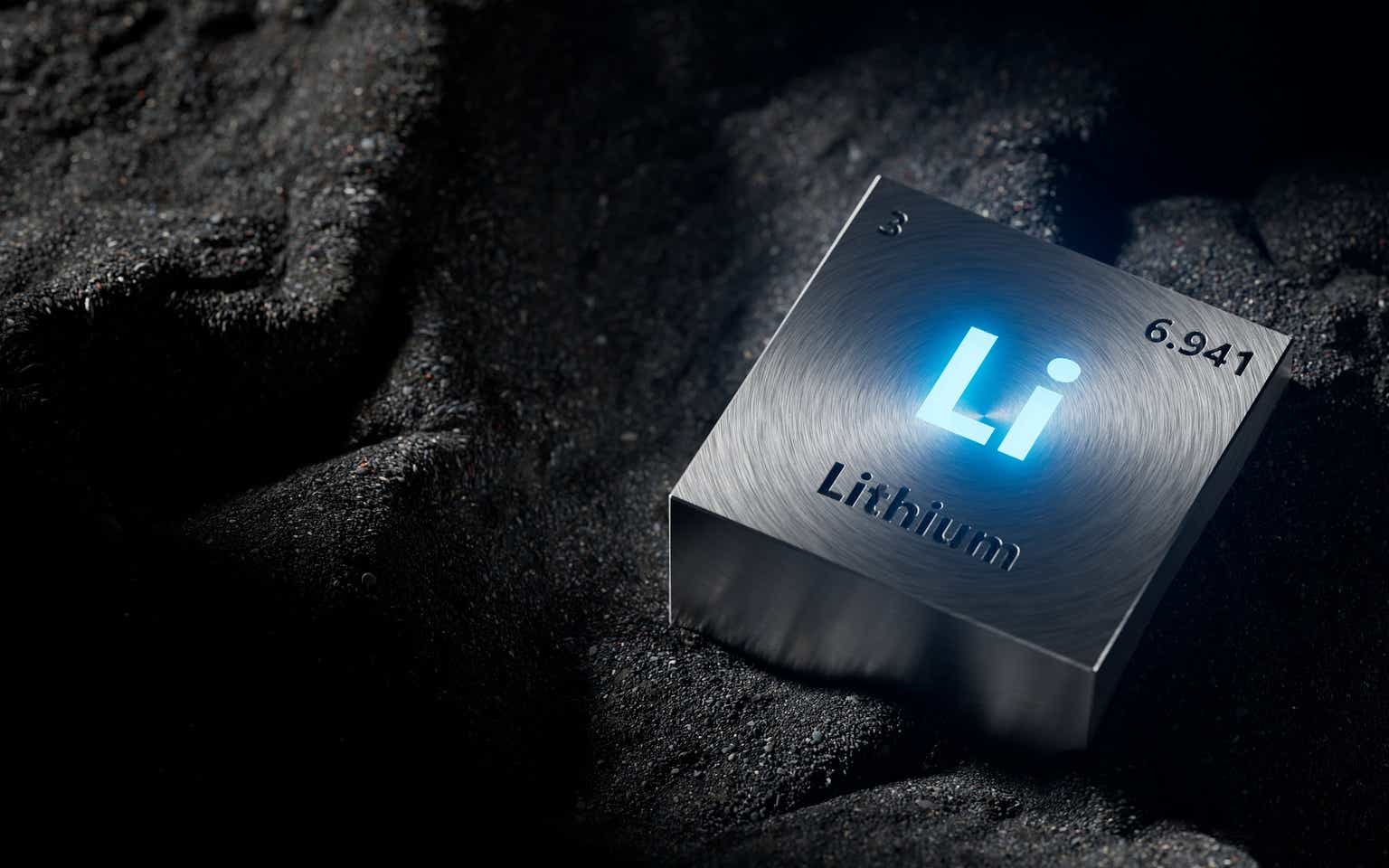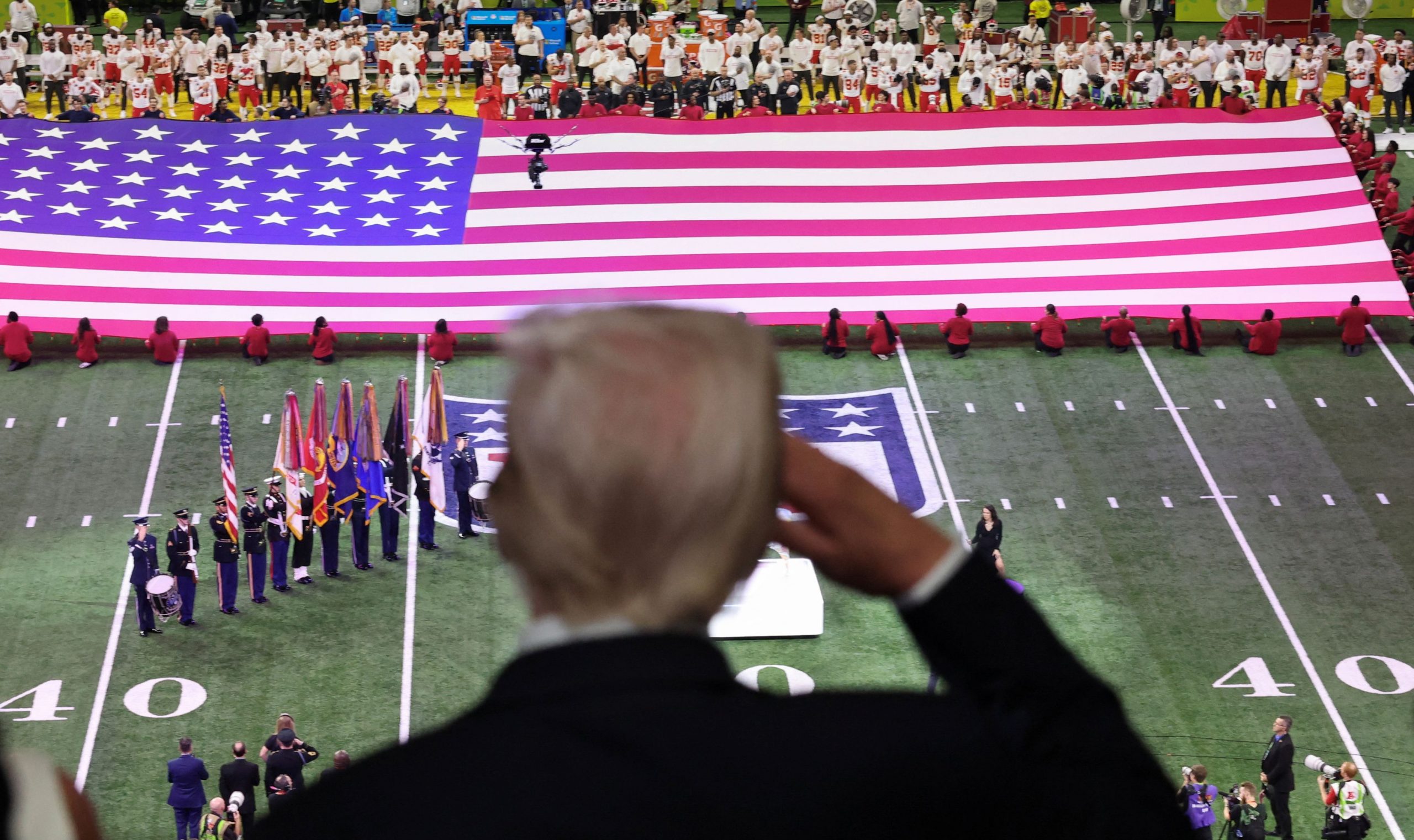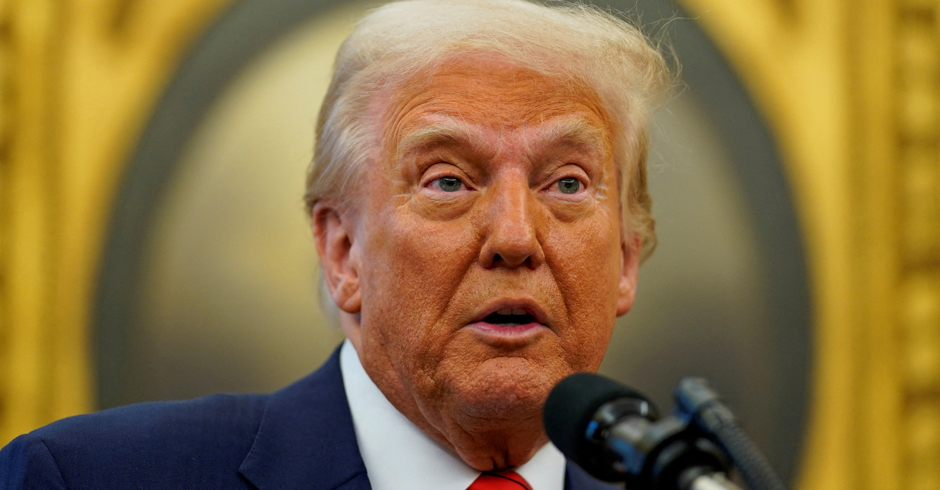U.S. President Donald Trump made history on Sunday as the first sitting president to attend the Super Bowl in person, receiving a mixed reaction from the crowd at the Superdome in New Orleans. His presence at the championship game between the Kansas City Chiefs and the Philadelphia Eagles underscored the deep political divides in the country, as cheers and boos greeted him upon arrival.
Trump, who began his second term just three weeks ago, watched the game from a private box alongside his children, Ivanka and Eric Trump, as well as several lawmakers who traveled with him on Air Force One. First Lady Melania Trump was notably absent from the event.
U.S. President Donald Trump pumps his fist as he boards Air Force One after attending the Super Bowl in New Orleans, U.S., February 9, 2025. REUTERS/Kevin Lamarque
Before settling in to watch the game, Trump briefly met with families of the victims of the New Year’s Day attack on Bourbon Street, as well as police officers and emergency workers. While his attendance positioned him at the heart of a cherished American pastime, it also reignited debates about his contentious history with the National Football League (NFL) and his policies on social justice and diversity.
Trump and the NFL: A History of Tension
Trump’s presence at the Super Bowl highlighted the ongoing tensions between his administration and the NFL. During his first term, he harshly criticized the league after Black players knelt during the national anthem to protest racial injustice. More recently, his decision to eliminate federal diversity, equity, and inclusion (DEI) programs stands in stark contrast to the NFL’s continued commitment to such initiatives.
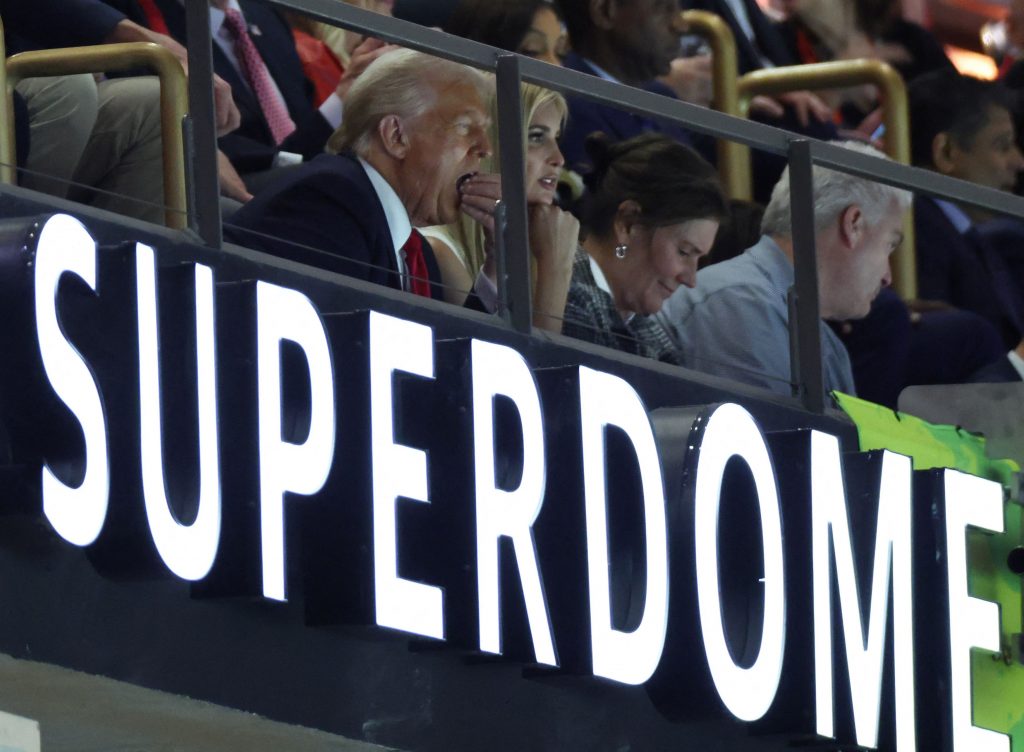
Football – NFL – Super Bowl LIX – Philadelphia Eagles v Kansas City Chiefs – Caesars Superdome, New Orleans, Louisiana, United States – February 9, 2025 U.S. President Donald Trump and Ivanka Trump in the stands during the game REUTERS/Evelyn Hockstein
According to Reuters, NFL Commissioner Roger Goodell made it clear on Monday that the league has no intention of scaling back its diversity programs. Trump, when asked about Goodell’s stance while aboard Air Force One en route to New Orleans, responded dismissively. “I’d have to look at what he said he’s happy with,” he said, adding a reference to past controversies over the national anthem protests: “He was happy also with the flag and a lot of other things that didn’t work out too well.”
For this year’s Super Bowl, the NFL notably replaced its usual “End Racism” message in the end zone with a new phrase: “Choose Love.” This decision has drawn speculation over whether the league sought to avoid further political controversy.
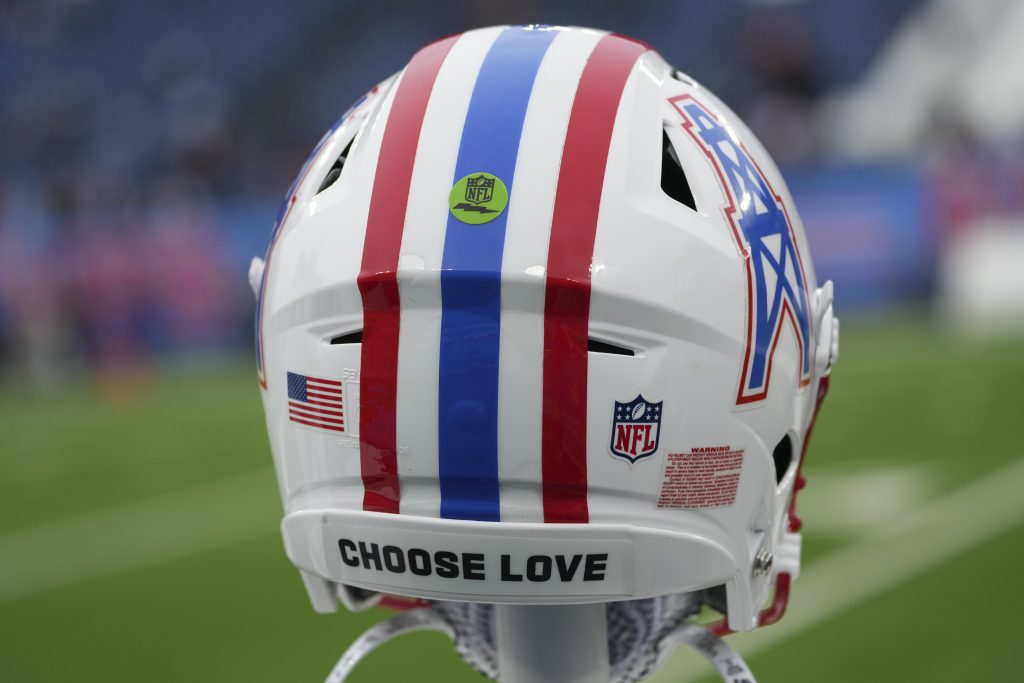
A Choose Love sticker is seen on a Tennessee Titans helmet before an NFL football game against the Houston Texans, Sunday, Jan. 5, 2025, in Nashville, Tenn. (AP Photo/George Walker IV)
A Political Undercurrent at the Game
Trump’s attendance came on the heels of several controversial executive orders, including a crackdown on immigration and efforts to roll back transgender rights. Last week, he signed an executive order aimed at excluding transgender girls and women from female sports, continuing a policy stance that was a focal point of his campaign against his Democratic opponent, former Vice President Kamala Harris.
During his 2024 campaign, Trump aired political ads during NFL broadcasts that criticized Harris for her stance on transgender rights. One ad proclaimed: “Kamala’s for they/them; President Trump is for you.” The messaging resonated with his base and contributed to his reelection victory.
Adding to the political contrast at the Super Bowl was the presence of pop icon Taylor Swift, who has been a vocal supporter of Harris. Swift, attending the game to support her boyfriend, Chiefs player Travis Kelce, famously endorsed Harris in the 2024 election, fueling further discussion about the cultural and political divide in America.



